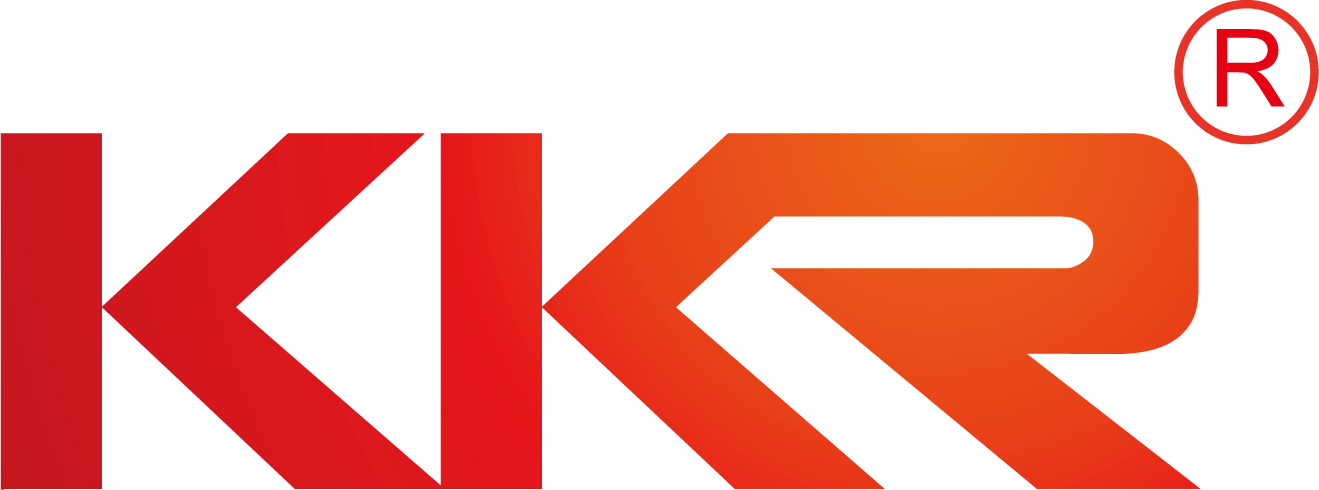 KingKonree - Solid Surface Manufacturer of Sanitary Ware, Solid Surface Countertops & Sheets for over 25 years, innovation in moulding and thermoforming
KingKonree - Solid Surface Manufacturer of Sanitary Ware, Solid Surface Countertops & Sheets for over 25 years, innovation in moulding and thermoforming
What Processes Are Involved In Solid Surface Color Customization?
Customizing the color of solid surfaces is a popular way to add a personal touch to any space, whether it's a kitchen countertop, bathroom vanity, or commercial space. However, the process of solid surface color customization involves several intricate steps to achieve the desired result. In this article, we will explore the various processes involved in solid surface color customization.
Choosing the Right Color
The first step in solid surface color customization is choosing the right color for your project. Whether you're looking for a subtle neutral tone or a bold, vibrant color, the options are virtually endless. It's essential to consider the overall design aesthetic and the intended use of the surface when selecting a color. Lighter colors can make a space feel larger and brighter, while darker colors can add a sense of depth and sophistication. Additionally, consider the color scheme of the surrounding elements to ensure that the chosen color complements the overall design.
Once you have selected a color, it's essential to take into account the specific characteristics of the solid surface material. Different materials may react differently to certain pigments and dyes, affecting the final appearance of the color. Consult with a professional to ensure that the chosen color is suitable for the specific material you are working with.
Preparing the Surface
Before applying the custom color to the solid surface, it's crucial to properly prepare the surface to ensure a smooth and flawless finish. Start by thoroughly cleaning the surface to remove any dirt, grease, or residue that could affect the adhesion of the color. Depending on the material, you may need to sand or etch the surface to create a rough texture that allows the color to adhere better.
After cleaning and preparing the surface, it's essential to apply a primer to improve the adhesion of the color. The primer creates a smooth, uniform surface for the color to adhere to and helps prevent peeling or chipping over time. Choose a primer that is compatible with both the material of the solid surface and the chosen color to ensure the best results.
Applying the Custom Color
Once the surface is properly prepared, it's time to apply the custom color to the solid surface. There are various methods for applying color to solid surfaces, including spraying, rolling, and brushing. The method you choose will depend on the type of surface, the desired finish, and your level of experience with the application technique.
When applying the custom color, it's essential to work in thin, even coats to achieve a smooth and consistent finish. Avoid applying too much color at once, as this can result in drips, runs, and uneven coverage. Allow each coat to dry completely before applying the next layer to prevent streaks or color buildup.
Curing and Sealing the Color
After applying the custom color to the solid surface, it's crucial to allow the color to cure properly before using the surface. Curing times can vary depending on the type of color and the material of the surface, so be sure to follow the manufacturer's recommendations for the best results. During the curing process, avoid using the surface or exposing it to moisture to prevent damage to the color.
Once the color has cured, it's essential to seal the surface to protect the color and ensure its longevity. A clear topcoat or sealer can help prevent scratches, stains, and fading, preserving the color's vibrancy for years to come. Choose a sealer that is compatible with the custom color and the material of the solid surface to ensure the best protection.
Maintaining the Custom Color
After completing the solid surface color customization process, it's essential to maintain the custom color to keep it looking its best for years to come. Regular cleaning with a mild soap and water solution can help remove dirt, grease, and stains without damaging the color or the surface. Avoid using harsh chemical cleaners or abrasive tools, as these can dull or scratch the color over time.
Additionally, consider using cutting boards, trivets, and other protective measures to prevent scratches, heat damage, and other types of wear and tear on the custom color. Periodically inspect the surface for any signs of damage or wear and address any issues promptly to prevent further damage.
In conclusion, solid surface color customization is a versatile and creative way to personalize any space. By following the processes outlined in this article, you can achieve a custom color that reflects your unique style and enhances the overall design of your space. Whether you're updating a kitchen countertop, refreshing a bathroom vanity, or creating a statement piece in a commercial setting, solid surface color customization offers endless possibilities for creating a one-of-a-kind look. With the right color selection, surface preparation, application technique, curing and sealing, and maintenance, you can enjoy a custom color that adds beauty and functionality to your space for years to come.
Company Info
Address:Room No. 2408-2508, Building 5A, Longguang Jiuzuan, Longhua District, Shenzhen, China
Zip Code: 518131
Tel: +86 (0)755-82875700
Fax: +86 (0)755-82875921

